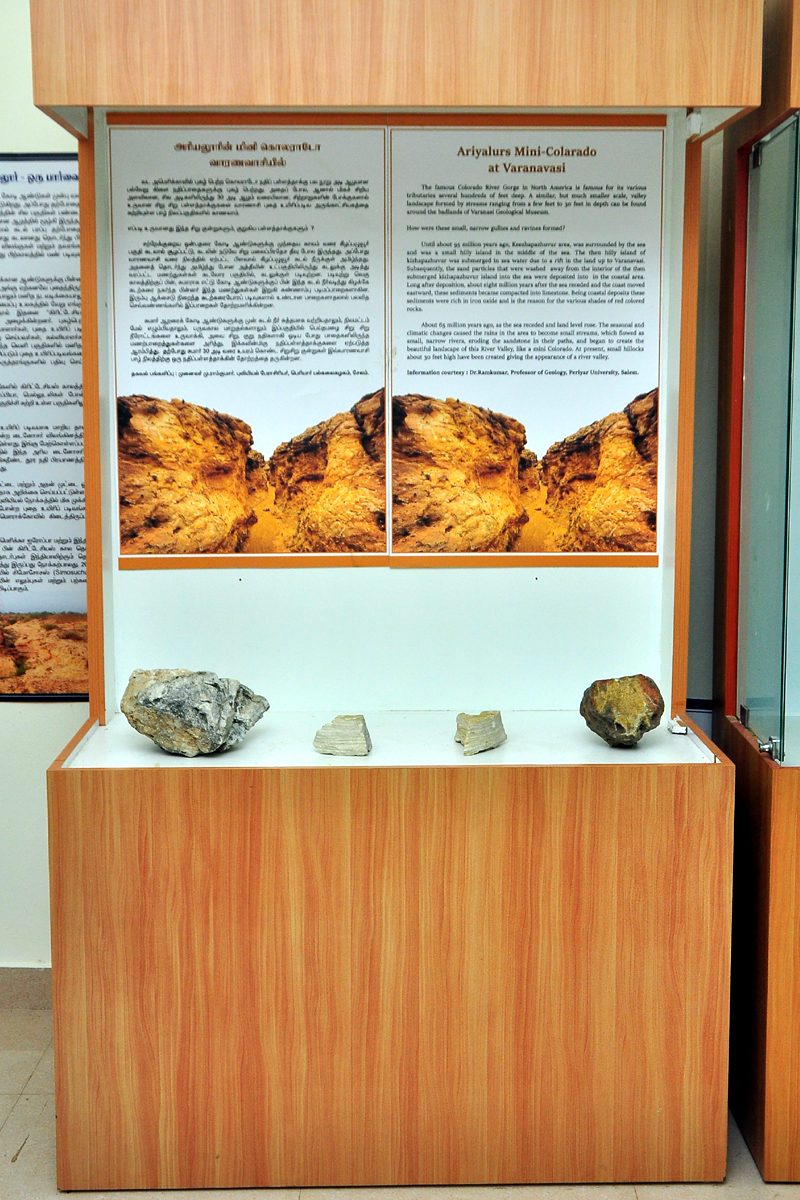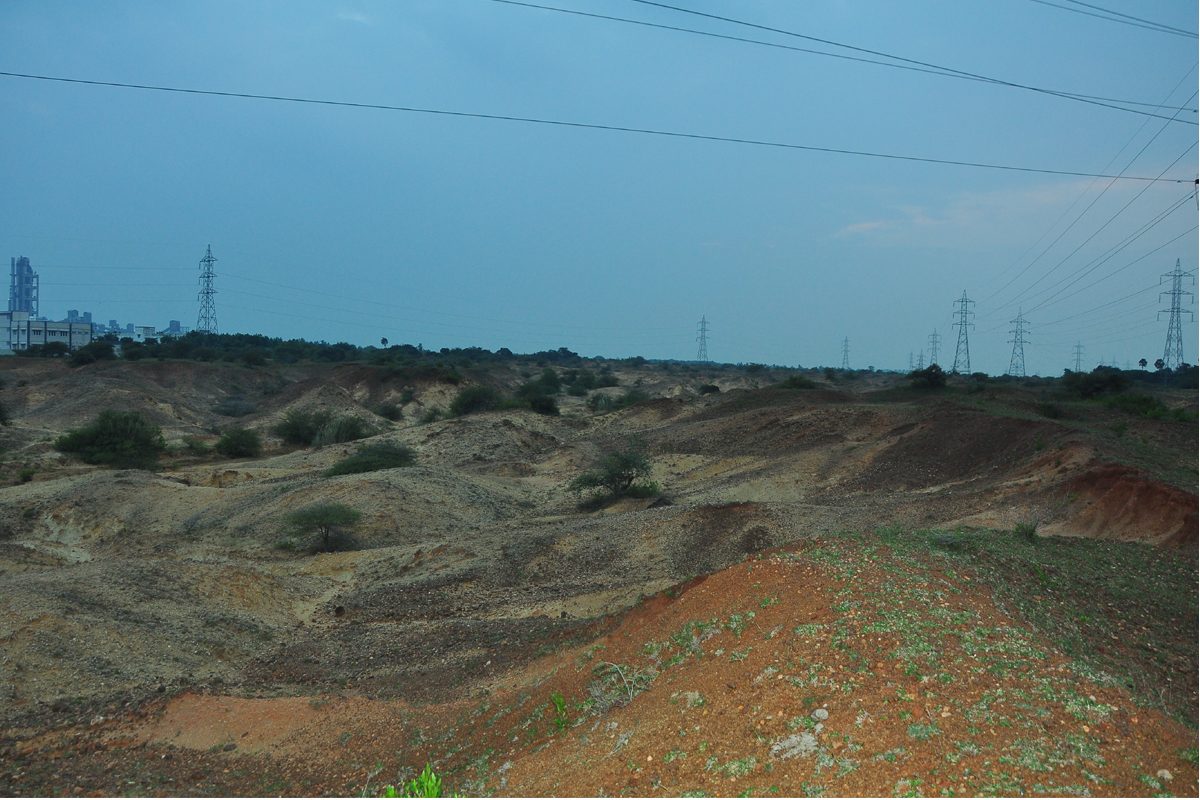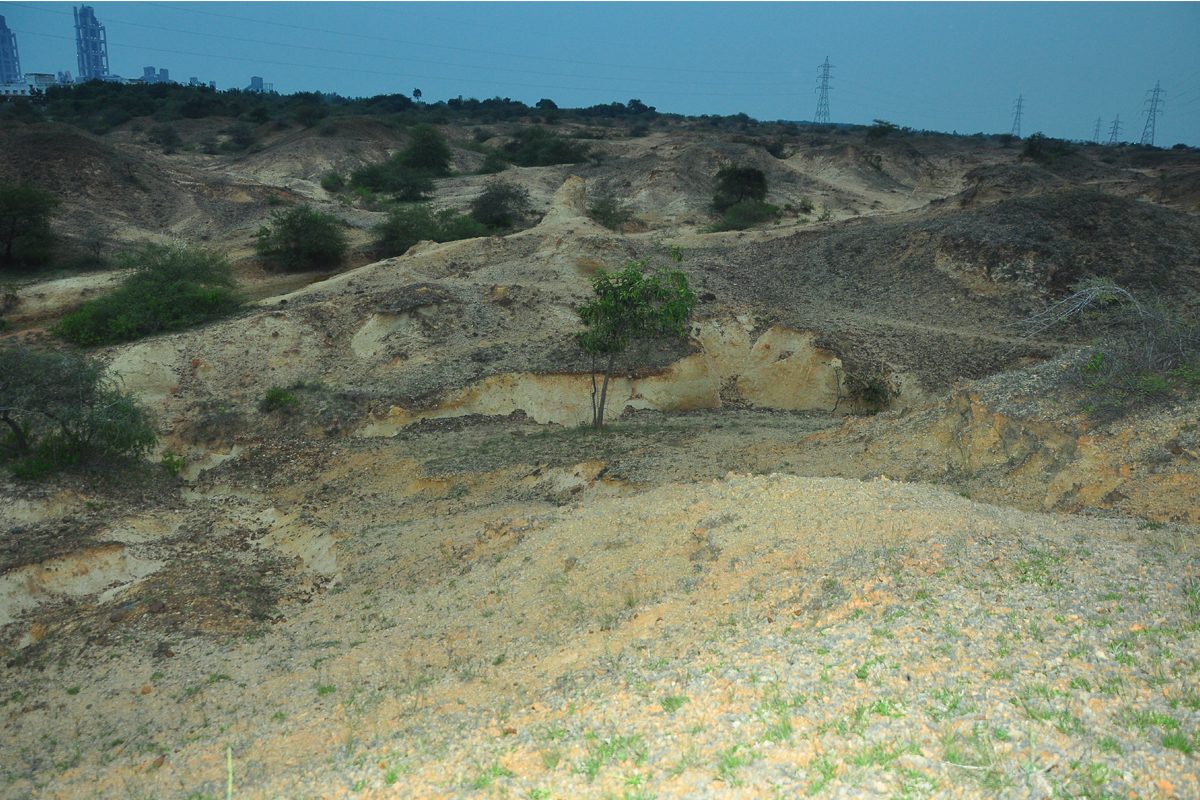Company Statistics Analysis
Great Achievement For Insurance
8563 +
Saticfied Custimer
2630 +
Experience Members
100 %
Satisfaction Rate
25 +
Years Experience
963 +
Awards Winning
Popular Clients
We’ve 1520+ Global Premium Clients



Geology
❖ Ariyalur District is the evidence of past geological activity for the several million years. Ariyalur formations are due to the transgression and regression of the sea which is indicated by fossil ferrous Limestone, Sandstone, Clay & Marl. The marine successions are mainly confirmed by Sillakudi, Kallankurichi, Ottakovil, Kallamedu & Ninniyur formations.
❖ The minerals such as Limestone, Lime kankar & marl available in this district are the important raw material for manufacturing of cement in seven cement plants functioning in Ariyalur District. Fireclay is used for the manufacture of Floor tiles, stoneware pipes, firebricks and in the chemical Industry. The occurrence of Lignite, Oil and gas deposits are reported at Udaiyarpalayam & Andimadam Taluk.
❖ Apart from the above major minerals, the common use minor minerals such as ordinary gravel, Brick earth and Laterite are also available in this district. There are 73 major mineral mining leases granted for mining limestone. Six quarry leases for Lime kankar, Ten quarry leases for fireclay and Nine quarry leases for gravel are granted for quarrying Lime kankar, fireclay and gravel respectively.
❖ The Cretaceous Formation of the Ariyalur area (Ariyalur District, Tamil Nadu) is one of the best-developed sedimentary sequences in South India. The Cretaceous system of Cauvery Basin consists of shallow marine sequence with a rich faunal succession of Albian–Maastrichtian.


❖ Blanford (1862) was the first to work on the stratigraphy of this formation and he divided the litho-units into three groups: Uttatur, Trichinopoly and Ariyalur. These three groups are largely disconformable and occasionally unconformable at places. The geology and the stratigraphy of this area are accounted by many workers (Rama Rao, 1956; Ramanathan, 1968; Banerji, 1972, Sastri et al, 1972; ONGC, 1977; Sundaram and Rao, 1979 & 1986; Ramasamy and Banerji, 1991; Banerji et al, 1996; Gonvindan et al, 1996).
❖ Ramasamy and Banerji (1991) have revised the stratigraphic framework of the exposed Pre-Ariyalur sequence based on detailed lithological and petrographical variations. Banerji et al., (1996) have redefined the Uttatur Group and identified within it four distinct formations comprising reefoidal bodies, sandy clay, coarse sand bar and gypsiferous silty-clay units.
❖ Madavaraju (1996) has presented a detailed geochemical and petrographical account of Ariyalur Group of sediments and Kallamedu Formation is the youngest unit of this group. Further REE distribution and its importance in establishing anoxic/oxic conditions in lime rich Kallankurichi Formation was attempted by Madavaraju and Ramasamy (1999). The sedimentary rocks of Cretaceous – Palaeocene age are well developed in the Ariyalur area, which consist both clastic and carbonate facies.
❖ The diversity of fauna is very large in the vast sedimentary basin that has attracted the attention of geologists not only from India but also from foreign countries. Sastry et al., (1972) have further divided the Ariyalur Group into four formations mainly based on lithological changes and characteristic faunal content: i) Sillakudi ii) Kallankurichi iii) Ottakoil and iv) Kallamedu Formations.
❖ This classification has been followed by various workers of varied interests. Kallamedu Formation (Late Maastrichtian) is the youngest formation of the Ariyalur Group and it exhibits large variation in lithology. The exposed area looks like a badland topography with sparse vegetation. Excavation at favourable spots in Kallamedu Formation has yielded a number of well-preserved skeletal parts of Carnosaurs (Yadagiri and Ayyasami, 1987).
❖ The lithological association of this formation includes sandstone, siltstone, calcareous sandstone, silty shale and thin band of limestone. The sandstone and siltstone are well exposed in the nala sections near north of Kallamedu village (Fig. 1). Govindan et al. (1996) have assigned Maastrichtian age for the continental deposits of the Kallamedu Formation. Kallamedu Formation is overlain by the Niniyur Formation of Early Paleocene age.
















